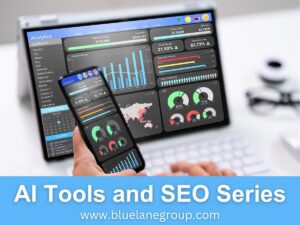In this guide, we shed light on the application of Natural Language Processing or NLP for chatbots, revealing the transformative potential of this sophisticated technology in enhancing conversational AI. We’ll delve into the intricacies, benefits, and groundbreaking advancements NLP brings to the chatbot landscape.
A Quick Snapshot – For the Tech-Savvy Reader:
- NLP for chatbots is the underlying technology that powers their ability to understand, process, and generate human-like responses. The backbone enables chatbots to grasp context, nuances, and emotions in conversations, offering a more natural and intuitive user experience.
- The realm of conversational AI has witnessed a seismic shift in integrating NLP. By empowering chatbots with human-like conversational abilities, businesses can now engage with their audience on a deeper, more meaningful level. As the digital frontier expands, harnessing the prowess of NLP for chatbots is pivotal for brands aiming to foster genuine connections and offer unparalleled user experiences.
Welcome to the twentieth Blue Lane Group article in the Best Chatbots for Customer Service: Blueprint for Success in 2023 series. These posts examine the essential chatbot topics of customer service automation, exploring how chatbots revolutionize interactions, enhance user satisfaction, and redefine the benchmarks for excellence in modern customer-centric businesses.
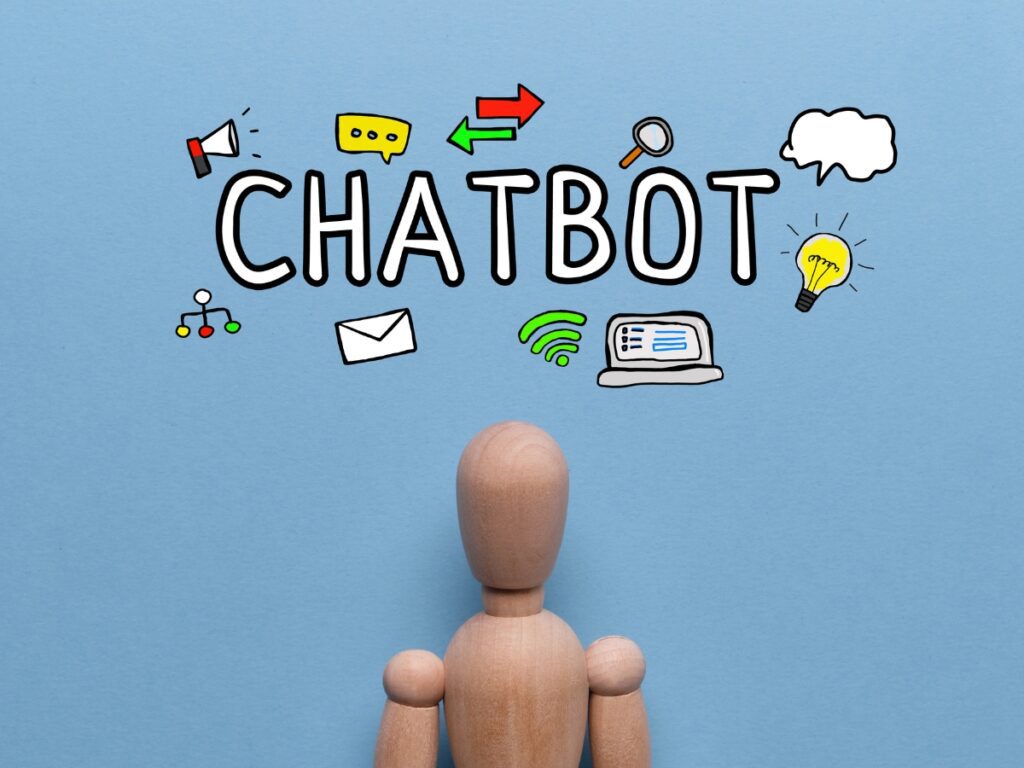
Disclosure: The digital products mentioned in this article are highly regarded in the marketplace and are endorsed by the Blue Lane Group staff. We may earn a commission at no additional cost if you purchase through the provided links.
Table of Contents

Introduction to NLP for Chatbots
In the modern digital era, businesses increasingly turn to chatbots to enhance customer interactions. Powering these chatbots with Natural Language Processing (NLP) has emerged as a revolutionary step in artificial intelligence.
Leveraging platforms like Dialogflow (by Google) and IBM Watson Assistant, chatbots have become adept at interpreting human language, ensuring more natural and intuitive interactions.
NLP, a subset of AI, enables these chatbots to understand, process, and generate human-like text responses. This not only improves user experience but also fosters deeper customer relationships.
Natural Language Processing Chatbots: The Beginner’s Guide
The term “chatbot” might sound familiar, but its capabilities reach new horizons when combined with NLP. At the core of this evolution lies NLP, which aims to bridge the gap between human language and machine understanding.
Using platforms like Botpress and Botsify, Chatbots powered by NLP can grasp user intent, context, and sentiment. This proficiency ensures a more dynamic and tailored interaction than scripted and often impersonal exchanges.
For businesses, this means a chance to interact with customers on a deeper, more personalized level, enhancing satisfaction and loyalty.
Why Machines and Chatbots Need NLP
The main challenge for chatbots without NLP is understanding how humans express themselves. Humans don’t always speak or type in structured sentences. Here’s where NLP shines.
Using tools like spaCy and Stanford NLP Group’s Software, chatbots can decipher the nuances in human language, from slang to regional dialects. This comprehension allows for more accurate responses and predictions.
Moreover, with the advancements in NLP tools like Wit.ai (by Facebook), chatbots are not just reacting to user queries but also proactively engaging, making interactions feel less robotic and more human.
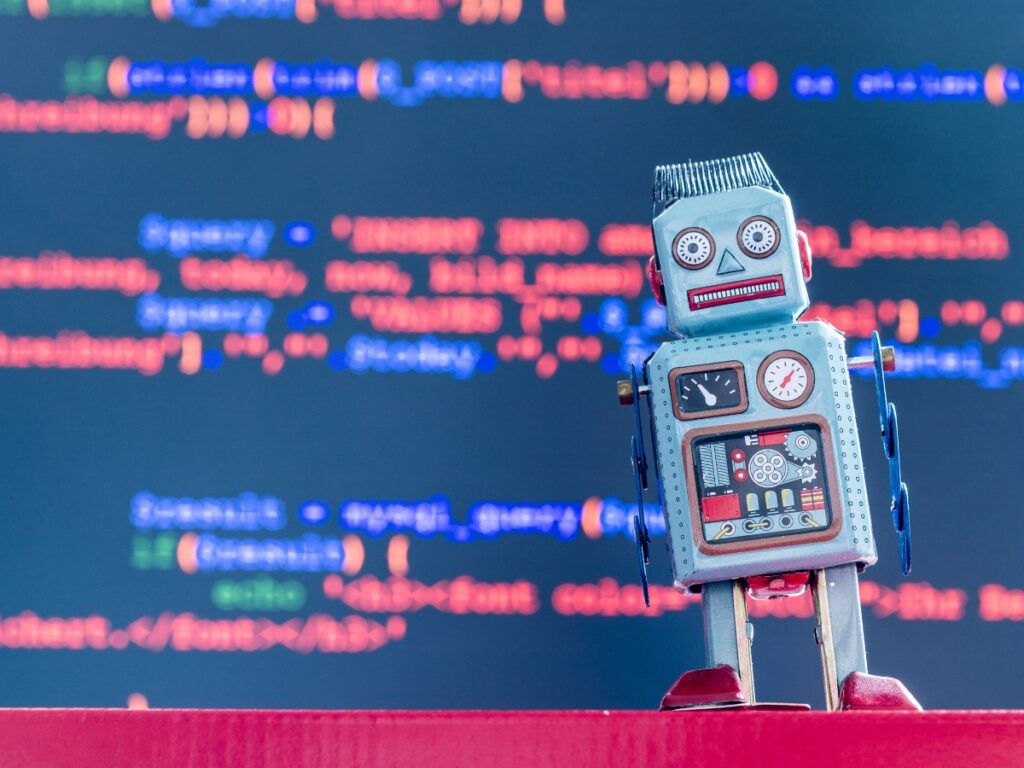
Deep Dive into NLP
At its core, NLP aims to enable machines to understand and generate human language. This might sound straightforward, but the intricacies and variations in human language make it challenging.
Platforms like Rasa and Teneo by Artificial Solutions offer sophisticated NLP solutions that help chatbots comprehend context, sentiment, and intent behind user inputs.
As chatbot technologies evolve, incorporating advanced NLP techniques becomes paramount. These techniques allow chatbots to provide relevant, timely, and context-aware responses, thus elevating the user experience.
What is Natural Language Processing?
Natural Language Processing, often abbreviated as NLP, is a domain of artificial intelligence that focuses on the interaction between computers and humans through natural language. Its primary goal is to enable machines to understand, interpret, and produce human language in a valuable way.
Platforms like Chatlayer.ai and, Microsoft Azure Bot Service & LUIS have made significant strides in this domain, allowing chatbots to mimic human-like interactions effectively. By leveraging NLP, systems can extract meaning, context, and intent from textual data.
This has profound implications in various sectors, including customer service, where chatbots can understand and respond to complex queries with the nuance and precision previously reserved for human agents.
How NLP Fits into the AI World and Beyond Chatbots
NLP is pivotal in the broader AI landscape, particularly as voice and text-based interactions become increasingly prevalent. While AI encompasses a range of technologies, from machine learning to robotics, NLP explicitly tackles language challenges.
Tools like NLTK (Natural Language Toolkit) and solutions offered by Gupshup represent the convergence of linguistics and computational algorithms, striving to replicate the human ability to understand language.
Beyond just chatbots, NLP plays a significant role in sentiment analysis, machine translation, and content summarization, underlining its versatility and importance in the evolving digital landscape.
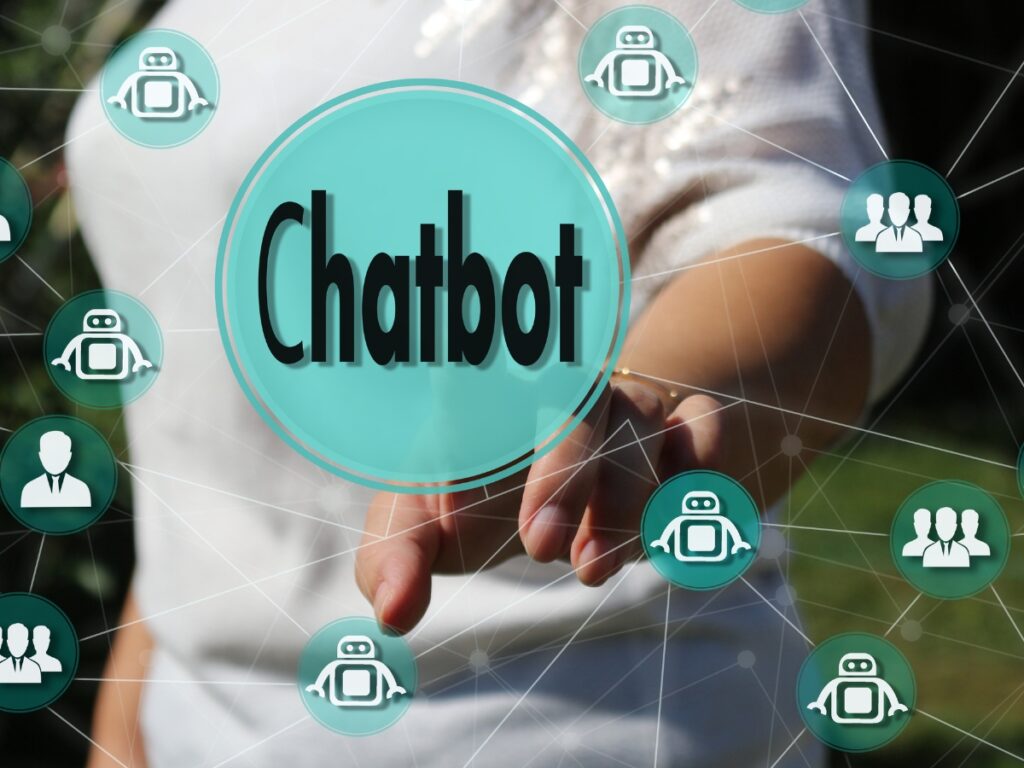
NLP Functionality in Chatbots
When equipped with NLP, chatbots transform from mere query-response systems to intelligent conversational agents. Using platforms like SnatchBot and spaCy, these chatbots can understand context, identify user intent, and even detect emotions based on textual input.
This depth of understanding paves the way for more meaningful interactions. For instance, instead of providing generic responses, an NLP-powered chatbot can tailor its replies based on past interactions and the current sentiment of the user, ensuring that the user feels heard and understood.
How Does Natural Language Processing Work in Bots?
To comprehend how NLP functions in chatbots, it’s essential to delve into its underlying mechanisms. Using platforms like Rasa and Botpress, chatbots first undergo tokenization, breaking down user input into smaller units or tokens.
The chatbot then employs Named Entity Recognition (NER) to identify specific entities like names, places, or dates. Parsing helps in understanding the grammatical structure of the sentence.
After understanding the intent and extracting necessary entities, the chatbot, with the help of tools like Dialogflow (by Google), formulates a response that aligns with the user’s query.
This intricate dance of processes ensures that chatbots, powered by advanced NLP techniques, deliver relevant and context-aware answers.

The Three Pillars of an NLP Based Chatbot: Dialog System, NLU, NLG
The sophistication of modern chatbots, particularly those harnessing the power of Natural Language Processing (NLP), rests on three foundational pillars. These components enable chatbots to understand, generate, and manage human-like conversations.
Integrating tools from platforms like Dialogflow by Google and Rasa, today’s leading chatbots utilize these pillars to elevate the user experience.
- Dialog System: This is the backbone of the conversational flow in chatbots. It dictates how a chatbot responds to users based on their inputs and the chatbot’s predefined rules. It isn’t just about a singular response; it’s about managing the entirety of a conversation. A dialog system must gracefully handle interruptions, follow-ups, and context switches. Platforms like Botsify have perfected this, ensuring conversations are coherent and contextually relevant, leading to more engaging and productive interactions.
- NLU (Natural Language Understanding): While it might seem simple for humans, understanding the nuance and context of natural language is a complex feat for machines. NLU enables chatbots to dissect user input, discern intent, and extract entities. For instance, when a user says, “Book a flight to Paris for tomorrow,” NLU, powered by solutions like Microsoft Azure Bot Service & LUIS, discerns the intent (booking a flight) and extracts the entity (Paris, tomorrow). This granular understanding is pivotal for delivering accurate responses.
- NLG (Natural Language Generation): Once a chatbot understands the user’s intent, it must generate a relevant response. That’s where NLG comes in. It’s the process of transforming structured data into natural language. Instead of offering robotic or scripted replies, NLG ensures the chatbot’s responses are dynamic, contextual, and human-like. Platforms such as IBM Watson Assistant provide sophisticated NLG capabilities, enabling chatbots to craft answers that feel organic, leading to a more natural and engaging user experience.
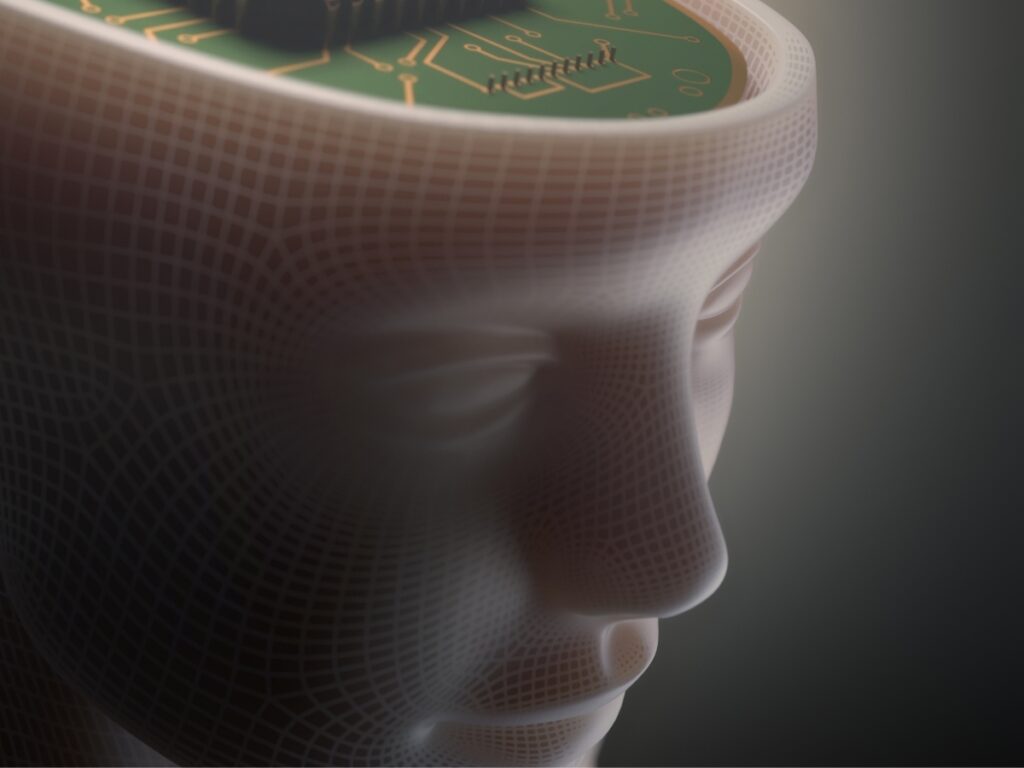
6 Advanced Techniques Making NLP Chatbots Indispensable
The evolution of chatbots has been monumental, with Natural Language Processing (NLP) at the heart of this transformation. Today’s cutting-edge chatbots deploy various advanced NLP techniques, each pivotal role in making interactions more intuitive, relevant, and human-like.
These techniques are the secret ingredients that set modern chatbots apart, ensuring they deliver unparalleled value in many applications.
- Tokenization & Text Normalization: Before a chatbot can understand user input, it must break down the text into smaller units called tokens. This process, known as tokenization, is fundamental for NLP chatbots. Platforms like spaCy and NLTK (Natural Language Toolkit) excel, ensuring that even complex sentences are dissected adequately for further analysis. Additionally, text normalization, which involves converting text into a standard form (like turning “aren’t” into “are not”), further refines user queries for better comprehension.
- Named Entity Recognition (NER): This technique allows chatbots to identify specific entities within the user input, such as dates, names, or locations. By leveraging tools like Microsoft Azure Bot Service & LUIS, chatbots can extract these entities, helping them understand the context and specific details of a query, paving the way for more accurate responses.
- Intent Detection & Classification: Understanding a user’s intent is pivotal for chatbots. Platforms like Dialogflow (by Google) excel in classifying the primary purpose behind a user’s message, ensuring that chatbots can respond in the most relevant manner. Whether a user wants information assistance or is expressing a sentiment, intent detection clarifies interactions.
- Contextual Understanding: The best chatbots remember past interactions, allowing them to maintain the context of a conversation. Tools like Rasa enable chatbots to consider previous exchanges, ensuring that users don’t have to repeat themselves and that the conversation flows naturally.
- Machine Learning & Continuous Training: The continuous learning ability of chatbots, powered by platforms like Botpress, ensures they evolve with every interaction. These chatbots refine their algorithms by analyzing feedback and understanding where they might have gone wrong, improving performance over time.
- Dialog Management & Flow Control: A conversation with a chatbot should feel seamless. Solutions offered by Botsify and Chatlayer.ai ensure that chatbots can manage the flow of dialogue, guiding users through processes or ensuring they receive the information they’re after logically and coherently.
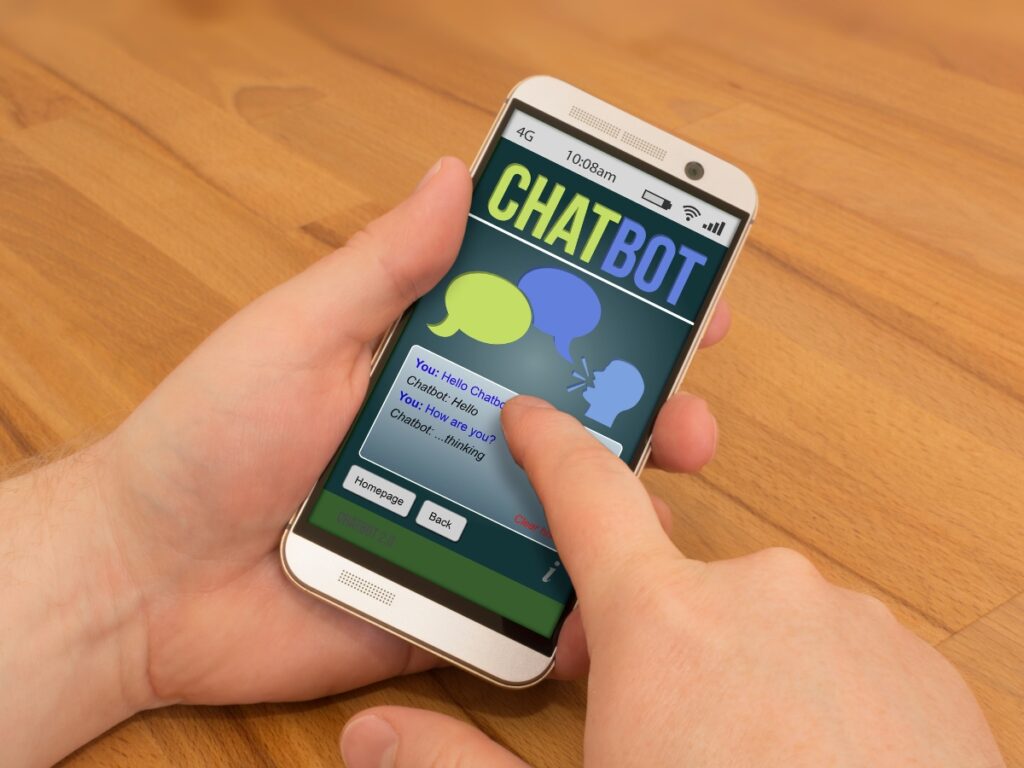
Types of Chatbots
The chatbot landscape is diverse, encompassing various bots tailored to different needs and functionalities. At the base level, simple rule-based bots follow scripted pathways, delivering predefined answers to specific questions.
Then, the more advanced AI-driven chatbots are leveraging machine learning to improve with each interaction. Platforms like Microsoft Azure Bot Service & LUIS can develop sophisticated chatbots to process and generate human-like conversations.
Traditional Chatbots vs. NLP Chatbots
Traditional chatbots typically follow scripted dialogues, with each interaction based on predefined rules. While they’re fast and reliable for essential queries, their rigidity becomes apparent when faced with complex or unexpected user inputs.
On the other hand, NLP chatbots, using platforms like Dialogflow by Google or Rasa, are equipped with Natural Language Processing capabilities. This allows them to understand and generate context-based responses, offering a more dynamic and human-like interaction.
Generative AI Bots: A New Era in NLP
Generative AI bots represent the next frontier in chatbot technology. Unlike rule-based bots that pull responses from a fixed dataset, generative bots generate answers on the fly. This is achieved by leveraging deep learning models and vast datasets, allowing them to craft responses based on context and previous interactions.
Platforms like Gupshup and Wit.ai by Facebook are pushing the boundaries, providing tools to develop such advanced generative bots.

Benefits and Use Cases of NLP for Chatbots
NLP-driven chatbots have revolutionized the way businesses interact with their customers. Their ability to understand and process natural language results in smoother, more intuitive user experiences. This has many applications, from customer service, where they can provide instant answers to common queries, to sales, where they can offer personalized product recommendations.
Using platforms like Botsify and SnatchBot, companies can harness the power of NLP to automate routine tasks, provide 24/7 customer support, and even gauge sentiment through sentiment analysis. The benefits are vast, spanning increased customer satisfaction, reduced operational costs, and enhanced efficiency.
Benefits: Natural Conversations, Automation, Contextual Engagement, and more
The incorporation of NLP in chatbots through platforms like Botpress and Chatlayer.ai has led to a paradigm shift in the benefits they offer. Firstly, they facilitate natural conversations, making interactions feel less robotic and more human-like.
This is pivotal in fostering trust and engagement. Secondly, automation becomes more seamless. Tasks that previously required human intervention can now be automated with higher accuracy. For instance, customer inquiries can be addressed instantaneously, regardless of the hour.
Critical Use Cases: Customer Service, Product Recommendations, Sentiment Analysis
NLP chatbots shine brightest when implemented in areas that can leverage their unique capabilities. In customer service, they can instantly address many standard concerns, leading to faster resolution times and higher customer satisfaction.
With platforms like Teneo by Artificial Solutions, chatbots can even recommend products by analyzing user inputs, browsing behavior, and purchase history, driving sales and enhancing the shopping experience.
Furthermore, sentiment analysis becomes a potent tool. Chatbots can gauge user sentiments by processing user inputs, providing businesses invaluable feedback. For instance, a chatbot developed with NLTK (Natural Language Toolkit) can determine if a customer’s message sounds frustrated or pleased, allowing tailored responses.
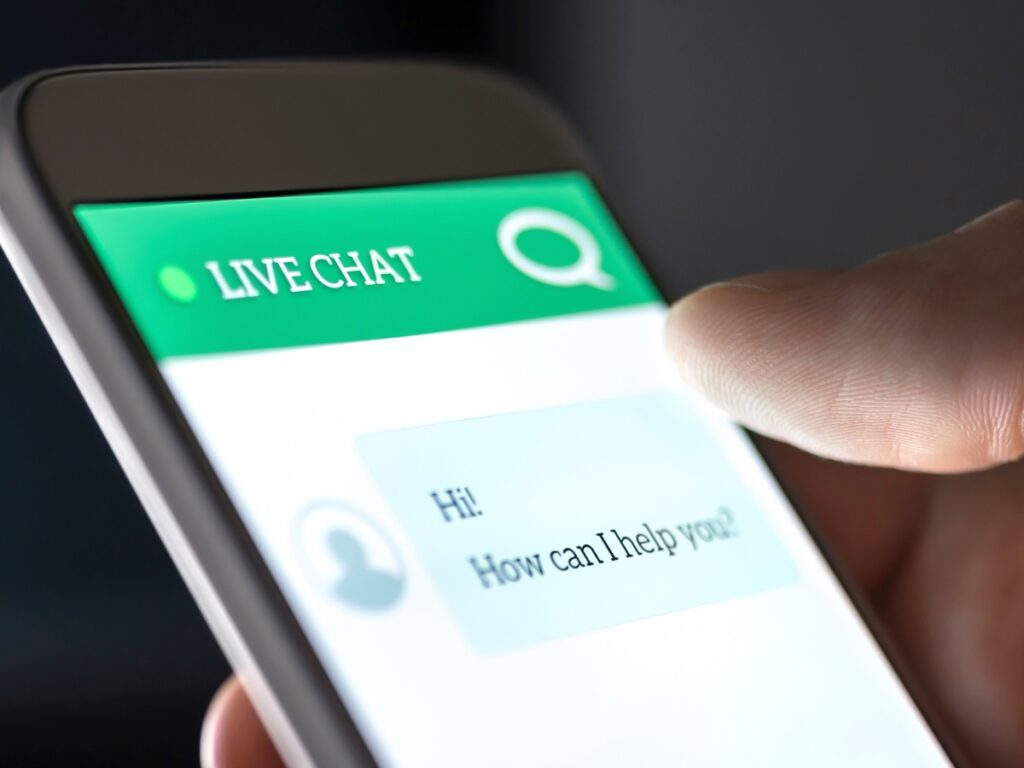
Building an NLP Chatbot
Building an NLP chatbot is a blend of technological know-how and a deep understanding of the target audience. It begins with defining the bot’s purpose – whether it’s for customer support, sales, or another function.
Next, developers design the chatbot’s conversation flow using platforms like Dialogflow by Google or Microsoft Azure Bot Service & LUIS, ensuring it aligns with user expectations. Integration of the NLP component follows, which entails training the bot to understand, process, and generate human-like text.
This is often achieved by feeding the bot large datasets and refining its responses over time. Post-development, rigorous testing is essential to iron out any issues and optimize performance. Continuous monitoring and learning ensure the chatbot remains effective and evolves with user needs and business goals.
Steps to Build a Chatbot Using NLP
Constructing an NLP chatbot is about technological integration and understanding user needs. The initial step involves defining the bot’s purpose, whether to assist in sales, provide customer support, or serve informational needs.
The next step is designing the conversational flow, ensuring it aligns with typical user inquiries and intents. Utilizing platforms such as Botpress or Dialogflow by Google, developers can then integrate NLP functionalities.
This requires training the bot on vast datasets, allowing it to recognize and understand varied user inputs. After development, rigorous testing is conducted, iterating the bot based on feedback to ensure optimal performance.
Lastly, post-launch, continuous monitoring, and training are essential. The bot learns and refines its responses as user interactions grow, maintaining relevance and accuracy.
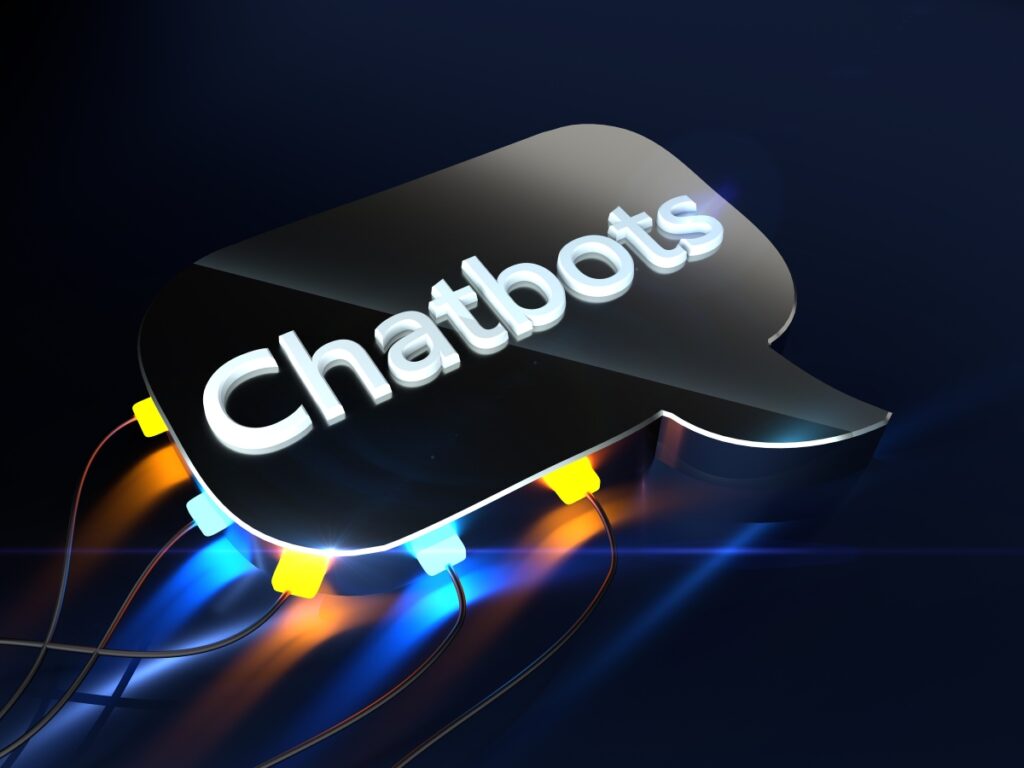
Pros and Cons: Custom Development vs. Ready-Made Solutions
Custom Development offers flexibility. Businesses can tailor their chatbots, ensuring every component meets their needs. This allows for unique features, integrations, and a design that perfectly matches the brand.
However, this approach is often more time-consuming and can be costly. On the other hand, Ready-Made Solutions like those from Botsify offer a quicker deployment. They come with predefined functionalities that can be customized to a degree.
They’re generally more cost effective and are ideal for businesses looking for standard features. The downside is that they might not offer the unique customizations a company desires or needs.
Top Platforms: Dialogflow, Botpress, Botsify, and more
Several platforms stand out in the realm of NLP chatbot development. Dialogflow by Google offers a comprehensive suite for creating conversational interfaces with rich NLP integration. Botpress provides an open-source conversational AI platform, allowing businesses to develop efficient chatbots with deep linguistic capabilities.
Botsify simplifies the process by offering ready-made solutions that qualify for high customization. Each platform caters to different business needs, and the choice often depends on factors like budget, desired features, and technical expertise.
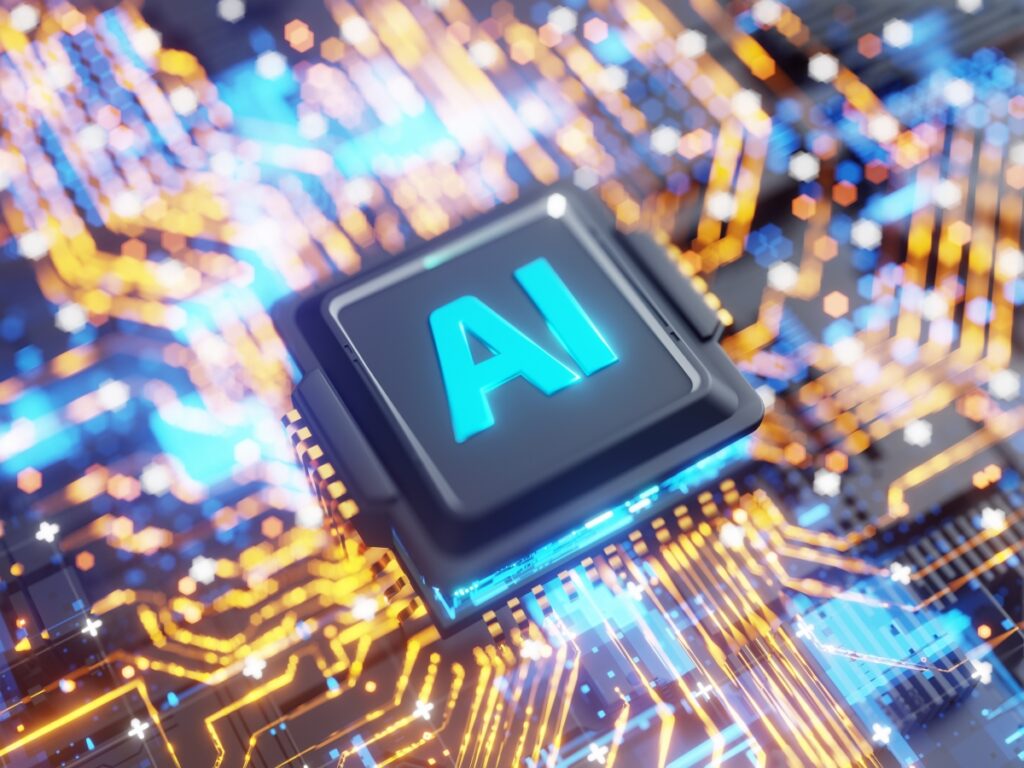
Advanced Features and Techniques
Modern NLP chatbots boast various advanced features beyond simple query-response mechanics. They can maintain context over extended conversations, remember user preferences, and predict user needs.
Techniques such as intent recognition and sentiment analysis, often employed by platforms like spaCy and Stanford NLP Group’s Software, enable chatbots to gauge user emotions and respond accordingly.
Moreover, with the growth of machine learning and AI, chatbots can continually evolve, learning from user interactions to refine and enhance their responses over time.
Conversational AI: How Machines Learn and Adapt
Conversational AI is at the forefront of enhancing user-chatbot interactions. It refers to using messaging apps, speech-based assistants, and chatbots to automate communication and create personalized customer experiences at scale.
Using platforms like Rasa and Chatlayer.ai, machines are trained on vast datasets, allowing them to understand context, detect nuances, and adapt to users’ conversational styles over time. Continuous learning is a hallmark of conversational AI. The AI assimilates new patterns as users interact, refining its response and ensuring relevance in future conversations.
Intent Detection, Proactive Engagement, and Personalization
Detecting user intent is crucial for any chatbot. It’s about understanding what the user wants. Platforms such as Dialogflow by Google excel in this, using NLP to comprehend user inquiries accurately. But modern chatbots go beyond just detection.
They proactively engage users, anticipating needs based on historical data and context. For instance, if a user often inquires about a particular product category, the bot might proactively provide updates or offers related to it.
Personalization, facilitated by tools like Botpress, ensures that the chatbot experience is tailored for each user, from greeting them by name to remembering past interactions, creating a more engaging and efficient user experience.
Integration with Messaging Channels and CRM Tools
In today’s multi-channel world, chatbots must be available where users are. Integrating with popular messaging channels, like Facebook Messenger, WhatsApp, or Slack, ensures accessibility. Platforms like Gupshup specialize in integrations, ensuring bots deliver consistent experiences across channels.
Furthermore, integration with CRM tools is crucial. Chatbots can access user data, history, and preferences, facilitating more informed and personalized interactions. This seamless flow of information, aided by platforms like Microsoft Azure Bot Service & LUIS, ensures that chatbots can be an integral part of a company’s customer relationship strategy.

NLP Product Showcases
The world of NLP has given rise to several standout products that have transformed chatbot interactions. Amazon Lex, for instance, leverages deep learning to offer functionalities like automatic speech recognition and NLP, enabling intuitive chatbot builds.
Another noteworthy product is Rasa, an open-source platform emphasizing advanced NLP techniques. It’s been pivotal in building AI-powered chatbots that maintain context over extended interactions.
Then there’s IBM Watson Assistant, a testament to the fusion of AI and NLP, offering businesses a platform to build robust chat solutions with in-depth linguistic capabilities.
These showcases highlight the ongoing innovations in the NLP domain, driving more refined, efficient, and human-like chatbot experiences.
NLP and Amazon Lex: Enhancing Chatbot Interactions
Amazon Lex stands as a testament to the advancement of NLP in chatbots. Lex dives deep into NLP functionalities as a component of Amazon’s AWS, enabling developers to design sophisticated chatbot experiences.
By integrating deep learning techniques, such as automatic speech recognition (ASR) and natural language understanding (NLU), Lex allows chatbots to process voice and text, comprehend user intents, and respond naturally.
As businesses aim for more authentic user interactions, tools like Amazon Lex become indispensable, turning chatbots from text-based interfaces to genuine conversational partners.
Rasa: Emphasizing Advanced NLP Techniques
A pioneering force in the world of conversational AI, Rasa prides itself on its advanced NLP techniques. As an open-source platform, Rasa offers the flexibility and extensiveness that developers seek.
Its emphasis on deep learning allows chatbots to maintain context over extended conversations, making interactions more coherent and user-centric. Rasa’s robust NLP engine facilitates nuanced understanding, from intent detection to entity recognition.
Rasa is at the forefront of pushing chatbot design and engagement boundaries by bridging the gap between machine capabilities and human conversation.
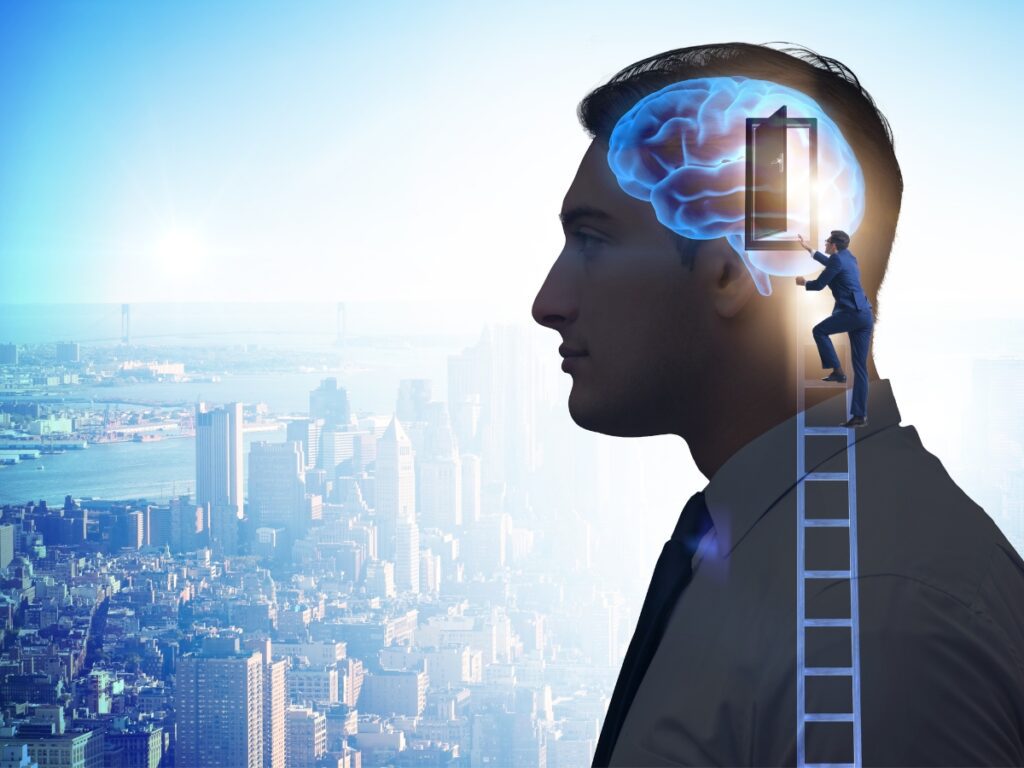
IBM Watson Assistant: Building Powerful Chatbot Solutions
IBM Watson Assistant is not just another chatbot tool; it’s a comprehensive solution that blends AI and machine learning with NLP, crafting chatbots that precisely understand and react. Its in-built NLP capabilities enable bots to discern user intent, manage dialogues, and provide relevant responses.
But Watson Assistant goes beyond mere conversation; it integrates with various data sources, ensuring chatbots are always informed. Businesses, from healthcare to retail, leverage Watson Assistant for its depth of understanding and knowledge, turning chatbots from transactional tools to transformational assets.
The Evolving Landscape of NLP in Chatbots
The journey of NLP in chatbots has been transformative. From simple keyword detection to understanding the complexities of human language, NLP has redefined how chatbots converse. As technology advances, so does the integration of NLP techniques.
Companies invest heavily in refining NLP algorithms, enhancing accuracy, and ensuring chatbots understand nuances, idioms, and cultural contexts. The future looks promising, with platforms like spaCy and Stanford NLP Group’s Software aiding this evolution.
As chatbots continue to learn and adapt, the bond between man and machine, facilitated by NLP, is only set to strengthen.
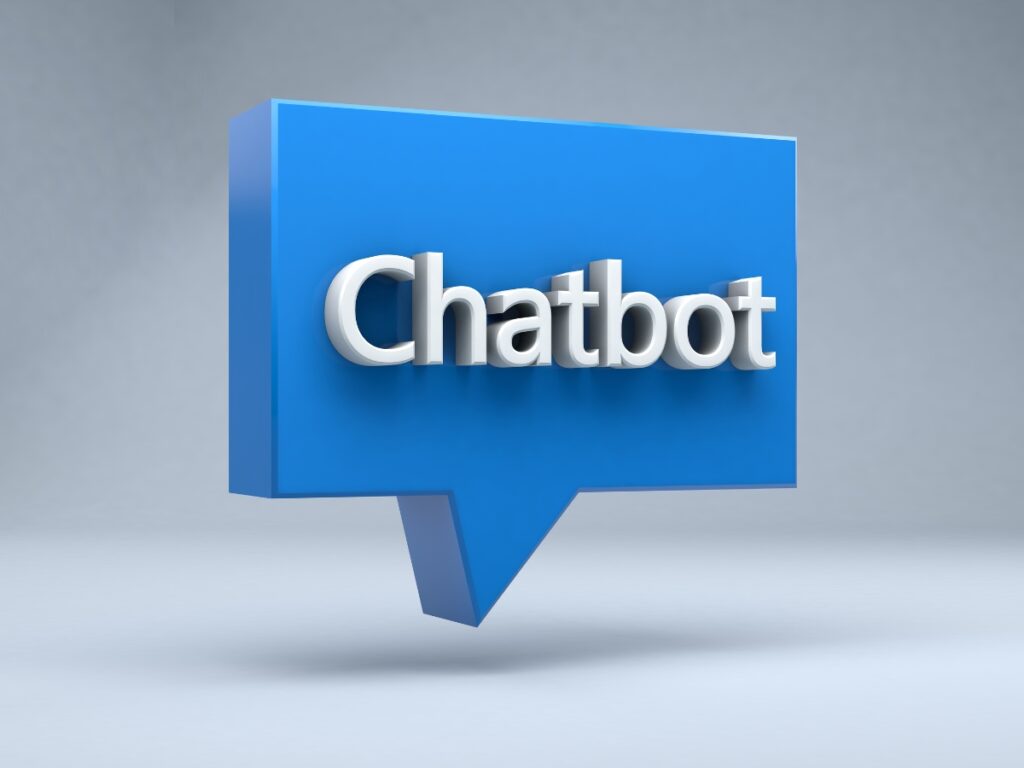
FAQs: Unraveling the Intricacies of NLP for Chatbots
- What is the core purpose of integrating NLP in chatbots? NLP, or Natural Language Processing, empowers chatbots to understand, interpret, and generate human language. By integrating NLP, chatbots can engage in more natural and contextual conversations with users, enhancing user experience and ensuring more accurate responses. Platforms like Rasa and Chatlayer.ai have emphasized these advanced NLP techniques to ensure seamless user-bot interactions.
- How do platforms like Dialogflow improve chatbot interactions? Platforms such as Dialogflow by Google harness the power of NLP to create rich conversational interfaces. They facilitate understanding user intents and sentiments, allowing chatbots to provide tailored responses and proactive suggestions, making interactions more fluid and intuitive.
- Can NLP chatbots understand multiple languages and dialects? Advanced NLP chatbots are designed to understand and respond in multiple languages. They can also recognize various idioms and cultural nuances in conversations. Tools like spaCy and Stanford NLP Group’s Software offer functionalities that allow chatbots to be multilingual, catering to a global audience.
- What differentiates traditional chatbots from NLP chatbots? Traditional chatbots often rely on predetermined scripts and specific keyword triggers. In contrast, NLP chatbots, powered by platforms like Wit.ai by Facebook, process and analyze user input in real-time, discerning intent and context, allowing for a more organic conversation flow.
- How do NLP chatbots handle slang or colloquialisms? Modern NLP chatbots are trained on vast datasets that include slang, colloquialisms, and idiomatic expressions. Platforms like Amazon Lex and IBM Watson Assistant incorporate deep learning to adapt and understand evolving language patterns, ensuring chatbots stay relevant and up-to-date.
- Are NLP chatbots capable of continuous learning? Absolutely. Many NLP chatbots are designed with self-learning mechanisms. As they interact with users, they collect data, learn from feedback, and refine their responses. Platforms like Botpress and Botsify emphasize this continuous learning approach, ensuring chatbots become more efficient over time.
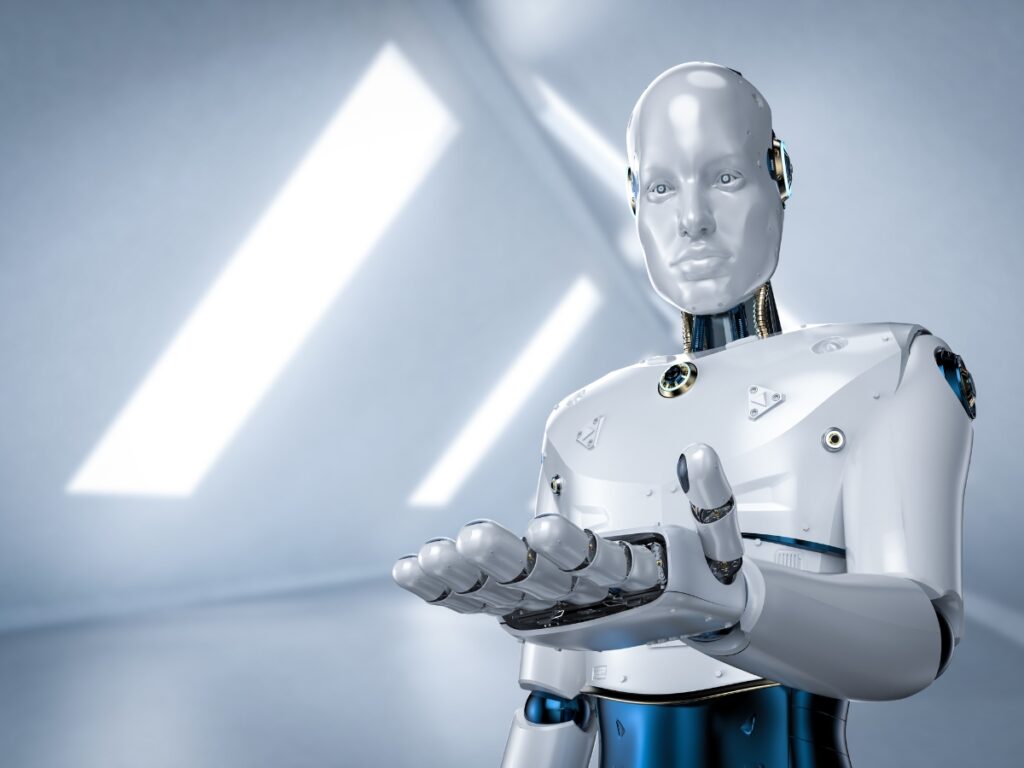
Conclusion and Future Trends
As we venture further into the digital era, the role of Natural Language Processing (NLP) in enhancing chatbot experiences cannot be overstated. Today’s chatbots are no longer mere scripted interfaces; they have evolved into intelligent entities capable of engaging in dynamic, human-like interactions. At the heart of this transformation, NLP allows chatbots to understand, interpret, and generate language, mirroring the ebb and flow of organic conversations.
This evolution has unlocked countless industry opportunities, from customer support to personalized product recommendations. With the seamless integration of NLP, chatbots are better equipped to address user needs, ensuring more accurate and contextual responses. The benefits of these advancements go beyond user experience, with businesses reaping rewards in the form of increased efficiency, cost savings, and improved customer loyalty.
As we look to the future, the trajectory of NLP for chatbots is promising. Continuous advancements in AI and machine learning are set to propel NLP capabilities further, ensuring chatbots become even more indistinguishable from human interactions. Moreover, with growing data repositories and iterative learning processes, chatbots will become more adept at discerning user intent, cultural nuances, and language subtleties.
In essence, the fusion of NLP for chatbots heralds a new age in digital communication, where machines understand human language and the emotions and intentions behind them. The road ahead is exciting, promising a future where chatbots powered by NLP become ubiquitous companions in our daily lives, seamlessly bridging the gap between humans and machines.
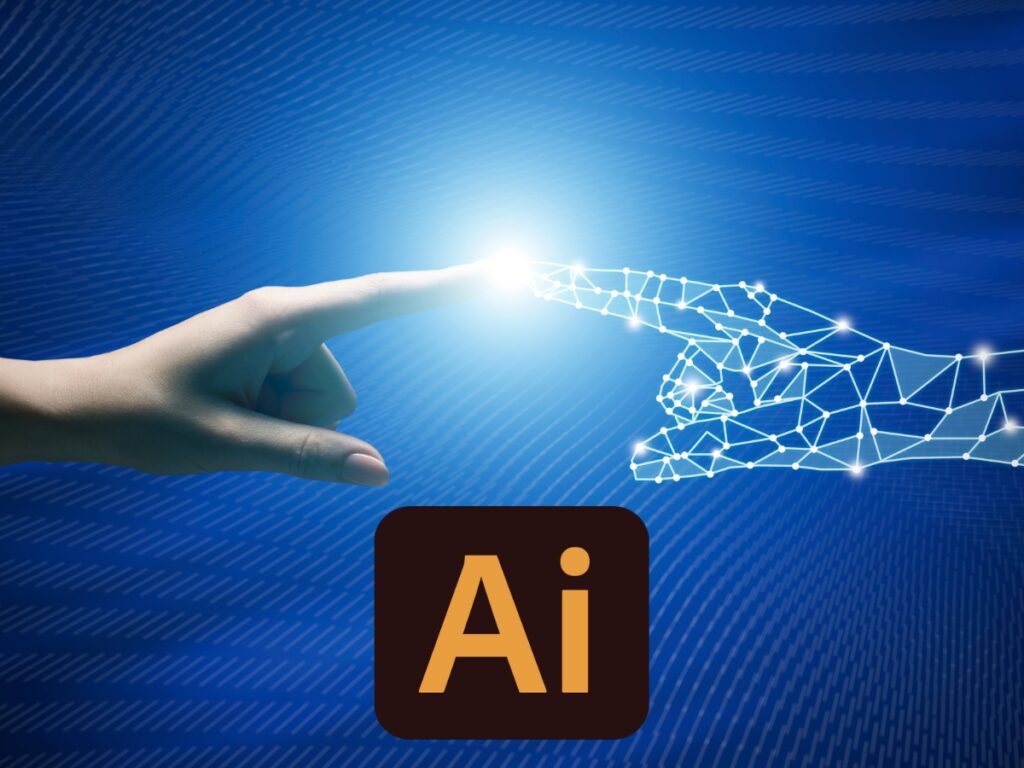
You Might Also Like
If you enjoyed this article and received value from it, check out the other Blue Lane Group articles in the Best Chatbots for Customer Service: Blueprint for Success in 2023 series:
- Chatbot ROI: Unlock Unmatched Profits with Top 5 Strategies for Optimization
- Omnichannel Chatbots: Unlock Consistent Engagement with 7 Best Practices
- Chatbot KPIs: 10 Essential Metrics to Drive Optimal Results
- Multilingual Chatbots: Break Language Barriers with 8 Leading Solutions
- Enterprise AI Chatbot Solutions: 7 Key Tools to Supercharge Your Business
- Mastering Chatbot Training: 7 Strategies for Optimal User Engagement
- Chatbot APIs: 6 Leading Options for Seamless Functionality
- Chatbot Scripts: 9 Proven Strategies to Boost Conversions and Engagement
- Rule-Based Chatbots: Drive Consistent Responses with Top 9 Benefits
- Chatbot Success Metrics: Unlock Optimal Performance with Top 10 Insights
- Chatbot Analytics: Drive Excellence with 10 Essential Tools
- Mastering Interactivity: Top 10 Chatbot Frameworks Explored
- Chatbots in Retail: 7 Winning Strategies for Elevated Customer Engagement
- Chatbots for Lead Generation: 6 Best Practices to Transform Your Funnel
- Chatbot Integrations: 6 Essentials for Enhanced Productivity and Operations
- Chatbot UX: Enhance Engagement with These 8 Vital Principles
- Chatbot Security: 7 Essentials to Safeguard Your Business
- Chatbot Development Services: 7 Must-Knows to Boost Your ROI
- Chatbots in Healthcare: 6 Leading Innovations Revolutionizing Patient Care
- NLP for Chatbots: Top 6 Techniques Transforming Chat Experiences
- Benefits of Chatbots in Customer Service: 7 Key Sales Boosters
- 7 Essential Social Media Chatbots for Unmatched Engagement
- Building Chatbots Powered by AI: 5 Proven Techniques for Epic Profits




